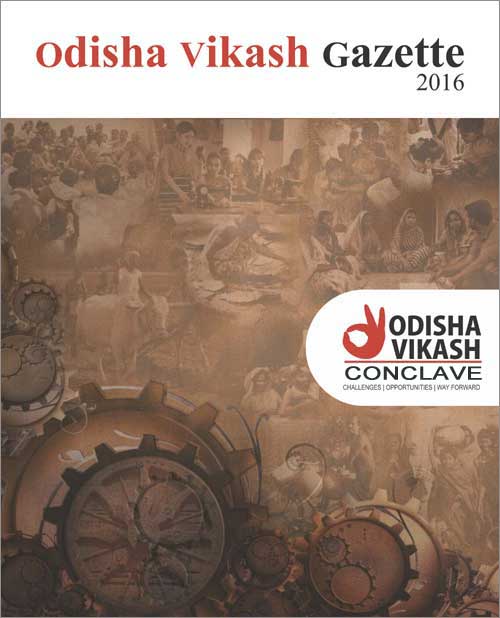Child Rights
Venue:ORCA – Odishi Research Centre Auditorium, XIMB Squae
The UNCRC legally makes it binding for the states to ensure that all children (below 18) freely enjoy their rights to survival, protection, participation, and development. Further, the Target 16.2 of Sustainable Development Goals (SDGs) calls for ending abuse, exploitation, trafficking and all forms of violence against and torture of children. In keeeping with this, the Government of Odisha (GoO) has already created the post of a State Commissioner for Protection of Child Rights (SCPCR) in 2010. Yet, there is rampant violation of child rights and continuous abuse of children in the State.Yet, there is rampant violation of rights and continuing abuse of children in Odisha. National Crime Records Bureau data reveals that the State has the 4th worst record of sexual crimes against children. According to NFHS-4, over 1 in 5 women still get married before turning 18; 37 % migrants in the State are children; child trafficking has risen to 44 % in 2016; and while exact figures are still being debated, significant number of children remain out of school.
Clearly, a paradigm shift is needed through the adoption of a Child Friendly Accountability (CFA) approach wich will ensure that all children enjoy their rights and violence is reduced by providing children (and the community) knowledge about their legally enforceable rights and about what the duty bearers should do to uphold these. It will enable children and their representatives to engage in an informed dialogue with authorities. Ways need to be discussed to devise an improved child protection system, through proper institutional strengthening, and mainstreaming CFA, at the local, regional and national levels.
Proposed Discussion Points:
- What are the major impediments to protection of child rights in Odisha?
- How can CFA be integrated at various levels of administration in Odisha? What mechanisms can help create an active grievance redressal system?
- How can the role of the community in child protection be enhanced and made more effective?
- What further role can the institutional mechanisms/ State apparatus play in ensuring child rights and protection?
- What can help strengthen collaboration and partnership between the State and the interested stakeholders to reduce child abuse and violence?
- How can child protection and safety issues be identified in families, communities, schools, hostels etc. so that timely interventions can be made before it is too late? What can serve as early warning mechanisms?


